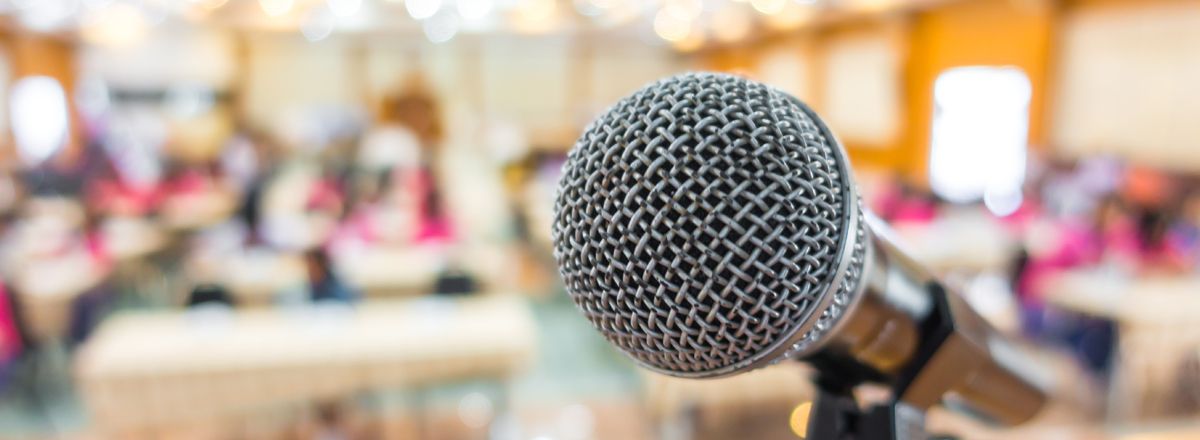FET Blogs





Table of Contents:
Aerospace Engineering and Biomedical Engineering represent two fascinating and distinct branches of engineering that cater to diverse aspects of human life and technological innovation. There are various career opportunities in these fields, which reflect their unique contributions to technological innovation and societal well-being, from aircraft design to healthcare device development.
Aerospace Engineering focuses on designing and developing aircraft and spacecraft, involving aerodynamics, propulsion systems, and flight mechanics. It explores the skies and beyond, contributing to aviation and space exploration. Aerospace Engineering fascinates students with the awe of flight, spacecraft, and cutting-edge technology. On the other hand, Biomedical Engineering merges engineering principles with biology and medicine to address healthcare challenges.
Aerospace Engineering programmes typically span four years at the undergraduate level, with students undergoing a comprehensive curriculum covering aerodynamics, propulsion systems, flight mechanics, and spacecraft design. A master's in Aerospace Engineering can take an additional two years, offering specialisation in avionics, aerospace systems, or propulsion, among other options. A doctoral programme in Aerospace Engineering generally requires an additional 3-5 years, emphasising advanced research and the development of expertise in a specialised area.
Biomedical Engineering undergraduate programmes typically also last four years. The curriculum is designed to include engineering, biology and medicine principles with an overview of biomechanics, bioinformatics and medical imaging. A master's in Biomedical Engineering is usually for two more years, which allows the students to gain an increased familiarity with particular areas of health and medical device design or tissue engineering. Doctoral programmes in Biomedical Engineering, similar to Aerospace Engineering, can take 3-5 years, emphasising original research and advancing knowledge in a specialised area.
Aerospace engineers are focused on studying the behaviour of air and gases in motion, essential for designing aircraft and spacecraft with optimum efficiency and performance. They contribute to developing and producing engines and propulsion systems for aircraft and spacecraft to ensure that they comply with relevant performance and safety standards. The study of aerospace engineering also includes analysing flight dynamics, including the control and stability of aircraft and spacecraft during different operation phases. Core subjects of study include:
Biomedical engineers study the mechanics of the human body to figure out how forces and structures interact. This is essential for the design of prosthetic limbs and ophthalmological implants and knowledge of musculoskeletal systems. They use computational tools to analyse biological data and help synthesise genomics, medical imaging and drug discovery. They also study more advanced imaging technologies such as MRI, CT scan and ultrasound, contributing to disease diagnosis and treatment planning. Biomedical engineers also study artificial tissues and organs, merging principles of engineering and biology to address organ transplantation challenges. Core areas of study include:
Aerospace engineers contribute to the design and manufacture of aircraft, which ensures that the latter meets safety and performance requirements as well as regulatory standards. Opportunities exist in the design and development of spacecraft for exploration missions, satellite systems, and space station components. Electronic systems for aircraft and spacecraft, such as navigation, communication systems or controls, are also worked on by aerospace engineers. Careers in research institutions involve pushing the boundaries of aerospace technology, exploring new materials, and enhancing propulsion systems. Potential career opportunities include:
In contrast, biomedical engineers are crucial in developing and manufacturing medical devices such as diagnostics tools, high-tech prosthetics or implants. They use their expertise in bioinformatics, genetics and tissue engineering to contribute to drug development in the pharmaceutical sector. Opportunities exist in research organisations focused on advances in medical technologies, genomics and regenerative medicine.
In the broader range of engineering, Aerospace Engineering involves designing and developing aircraft and spacecraft that require technical expertise in aeronautics, propulsion systems, and flight mechanics. Those interested in improving patient outcomes and investigating the complex nature of human bodies can choose Biomedical Engineering. Both Aerospace and Biomedical Engineering offer exciting opportunities for exploration and innovation in an evolving engineering landscape, whether one is drawn to the sky and beyond or is passionate about improving healthcare outcomes.
A1: The annual salary range of an aerospace engineer in ISRO is ?17.4 Lakh to ?30.5 Lakh.
A2: Yes. NASA recruits biomedical engineers. For example, Dr Andrew F. J. Abercromby, a biomedical engineer, leads human physiology and spacesuit projects at Johnson Space Centre.
A3: Yes, biomedical engineering is a good career choice. Biomedical engineering offers strong prospects in healthcare, research and technology. Graduates can work as device designers, clinical engineers or apply their skills in emerging fields like space health and biotech. The field often leads to meaningful work with good salary potential.
A4: The first biomedical engineer to serve in space was Judith Arlene Resnik. In addition, she was the first Jewish woman in space and the second American woman. During her 1984 mission aboard the Space Shuttle Discovery, Resnik spent 145 hours in orbit. She tragically died in the 1986 Space Shuttle Challenger accident.